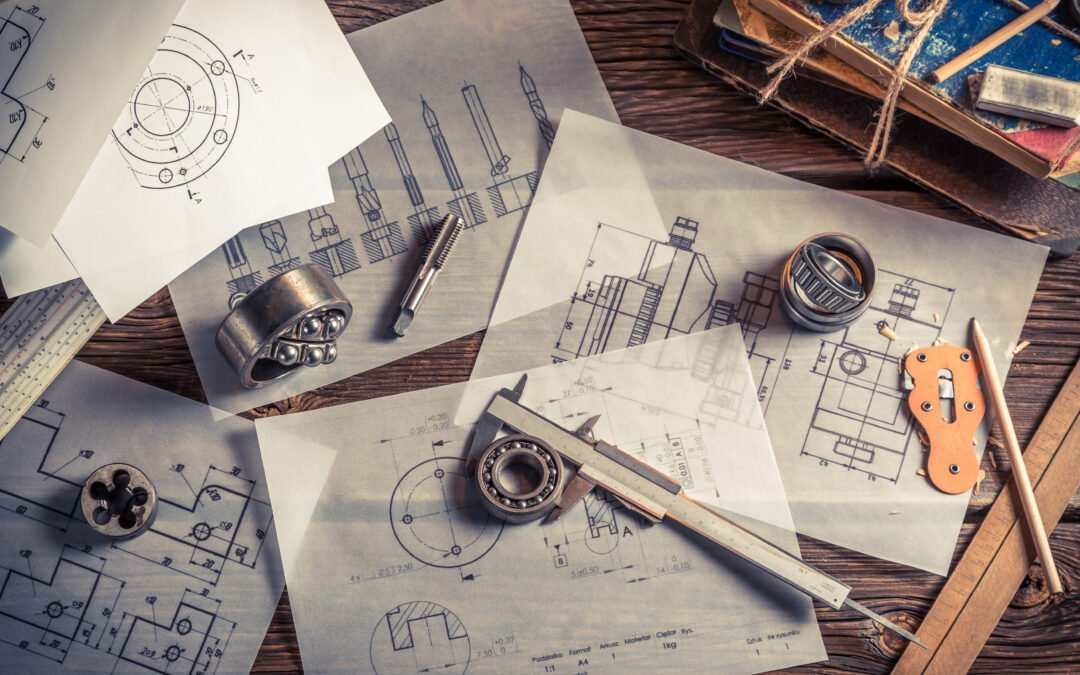The Fundamental Importance of Structural Engineering
Structural engineering is a cornerstone of modern construction and infrastructure development. It is a specialized field within civil engineering focused on designing and analyzing structures to ensure they are safe, functional, and durable. From skyscrapers and bridges to residential homes and industrial buildings, structural engineers play a crucial role in shaping the built environment. Here’s a look at why structural engineering is so vital to our world.
Ensuring Safety
At its core, structural engineering is about safety. Engineers must ensure that structures can withstand various loads and stresses, including those from gravity, wind, earthquakes, and even human activities. This involves meticulous calculations and simulations to predict how structures will perform under different conditions. A well-designed structure prevents catastrophic failures that could lead to accidents, injuries, or even loss of life.
Facilitating Innovation and Sustainability
Structural engineers are instrumental in enabling architectural innovation. By understanding and applying advanced materials and construction techniques, they help bring visionary designs to life. This creativity is not just about aesthetics; it also involves finding sustainable solutions. For example, engineers work on designs that reduce energy consumption, use eco-friendly materials, and minimize environmental impact, contributing to more sustainable and resilient communities.
Economic Efficiency
Structural engineering is not just about ensuring safety and innovation; it also has a significant economic impact. By optimizing the design of structures, engineers can reduce material costs and construction time. This efficiency helps keep projects within budget and can lower the overall cost of infrastructure development. Additionally, well-designed structures often have lower maintenance and repair costs over their lifespan, which benefits both the owners and the public.
Preserving Infrastructure
Many of our existing structures, from historical landmarks to critical infrastructure like bridges and tunnels, require ongoing assessment and maintenance. Structural engineers play a key role in evaluating the condition of these assets, recommending repairs or upgrades, and ensuring their continued safety and functionality. This preservation work helps extend the life of vital infrastructure and protects investments made in these assets.
Enhancing Quality of Life
The work of structural engineers directly impacts our quality of life. They design buildings and infrastructure that support daily activities, from homes and schools to offices and transportation systems. Well-engineered structures contribute to safe and comfortable living conditions, efficient transportation networks, and reliable public services. By creating environments that function smoothly and safely, structural engineers help improve the overall quality of life for people in their communities.
Addressing Challenges of Urbanization
As cities grow and expand, the demands on infrastructure increase. Structural engineers face the challenge of designing and maintaining structures in densely populated urban areas where space is limited. Innovative solutions are required to accommodate more people and activities in smaller areas while ensuring safety and functionality. Structural engineers develop high-rise buildings, underground facilities, and other solutions to meet these challenges, supporting the continued growth and development of urban environments.
Contributing to Disaster Resilience
Natural disasters, such as earthquakes, floods, and hurricanes, pose significant risks to structures. Structural engineers are involved in designing buildings and infrastructure that can withstand these events and minimize damage. They incorporate features such as seismic-resistant designs, flood barriers, and wind-resistant materials to enhance the resilience of structures. This proactive approach helps communities recover more quickly and reduces the long-term impact of disasters.
Conclusion
Structural engineering is essential to the safety, functionality, and sustainability of our built environment. It combines technical expertise with creative problem-solving to address complex challenges and support the development of safe, efficient, and resilient structures. As we continue to build and expand our infrastructure, the role of structural engineers will remain critical in shaping a world that is both innovative and secure. Their contributions help ensure that our cities, communities, and landmarks stand strong and continue to serve us well into the future.
Have any questions about Structural Engineering? Contact Us and we will get them answered for you!

